Guest columnist Laura Hebert explores the philosophy of maps. Do they represent or create the reality of our geography?
Get Started for FREE
Sign up with Facebook Sign up with X
I don't have a Facebook or a X account
 Your new post is loading... Your new post is loading...
 Your new post is loading... Your new post is loading...

GTANSW & ACT's curator insight,
August 31, 2017 8:01 PM
Enhancing urban liveability - creating better cities for the future

Lou Salza's curator insight,
April 15, 2017 11:52 AM
These lakes are a tremendous resource, not only for the region but the nation as well. They need our attention and protection.-Lou
Nicole Canova's curator insight,
February 8, 2018 9:58 PM
It is amazing, in a sad way, to see how in just four centuries these lakes have gone from "la mer douce" to "dead." This map is a reminder of the damage humans do to the environment on a daily basis, and of the importance of protecting our natural resources. Considering the fact that these lakes hold roughly one fifth of all of the fresh water on the planet and provide drinking water for millions of people in both the U.S. and Canada, we need to think about the impact we have on the world around us and how that impact can come back to bite us on the rear end.

Dyna-e International's curator insight,
September 1, 2015 12:32 PM
No such thing as being off the grid really. ~ Ron Sandack

GTANSW & ACT's curator insight,
June 27, 2015 12:01 AM
Affordability impacts on people's choices about where to live and in turn impacts on access to goods and services, community identity and social connectedness in many outlying suburbs

Nicole Canova's curator insight,
January 18, 2018 7:10 PM
This video does a good job of explaining globalization and the effects it has on transportation, communication, economy, politics, and culture around the world. It also discusses some of the consequences of the world becoming a smaller place.

Anita Vance's curator insight,
June 30, 2014 8:54 AM
This article helps give an early start to map skill implementation - even at the earliest levels. 
DTLLS tutor's curator insight,
July 1, 2014 5:04 AM
Love this website. Not just this article, but the whole idea. Have a little browse around...

Siri Anderson's curator insight,
October 18, 2013 12:46 PM
Gives a whole new meaning to the sense of scale. |

Mr Mac's curator insight,
June 22, 2017 9:35 AM
Unit 5 - Commercial Agriculture, Agribusiness, Food Distribution; Unit 6 - Services, Distribution of Services, Service and Technology
aliyah marie scarb's curator insight,
May 25, 2017 10:34 PM
New urbanism is a type of urbanization. In new urbanism, everything is built so that it's in walking distance of other things mostly such as Winn Dixie and McDonald's in Callahan.

Deanna Wiist's curator insight,
September 12, 2017 9:02 PM
As the 2017 APHG exam has ended, some people have asked for more resources on new urbanism. Here is information from New Urbanism (dot org) the Congress on New Urbanism for teachers and students that are reassessing the Free Response Questions.
Tags: place, neighborhood, urban, planning, urbanism, scale.

Kelly Bellar's curator insight,
December 13, 2016 4:21 PM
If you haven't discovered the podcast "Placemakers" you are missing out. In this episode, they explore the competing political context of Washington D.C. Since this podcast ran, the citizens of the district voted overwhelmingly for statehood, but since the governance of the district operates more at the national scale then on the local level, statehood is not happening anytime soon.
Tags: place, podcast, political, autonomy, scale, Washington DC.

Alex Vielman's curator insight,
September 20, 2015 10:36 PM
When looking at this map, before looking at the actual index of the colors that determine the speeds, I could already tell which areas would have a higher speed level and which ones had a lower speed level. Looking at the map, the mountain region had higher speed levels. I believe this is accurate because there isn't much going on in this areas. There is tons of land and direct roads that lead to other states. These states, like Wyoming or Montana, aren't really tourist attractions. In the New England area, one could see that the speed levels are lower and I would assume it would be because there are more people in this area. There is not a lot of land here for agriculture. I would say this map seems pretty accurate.
Raymond Dolloff's curator insight,
October 12, 2015 2:13 PM
Speeding in America can lead to some people having road rage because they are in a hurry. However, by looking at the map of speed limits in the United States, the area that would probably see less cases of road rage is in the Central and Plains states that have a speed limit of over 75 miles per hour. This will also help reduce people who speed because they are in a rush to get from point a to point b. In areas such as Rhode Island, where the speed limits reach up to 65 miles per hour, people tend to rush and get angry with people who are going below the speed limit and lead to the need for speed to calm themselves down. Thus, it also includes a higher risk for getting a speeding ticket which will be expensive.
Alexa Earl's curator insight,
March 14, 2015 10:48 AM
This blog really made me realize what an impact humans are to the environment. They compare different cities and talk about the impacts and it really showed me how humans have built up cities. 
Brian Wilk's curator insight,
March 21, 2015 6:12 PM
A side by side comparison at first blush is striking but the devil is in the details. Florence, Italy is a city of only 368,000 while the Atlanta metro area is about 4.5 million. Agree that sprawl is ineffective real estate and efficiency wise, but fuel prices may be having a counter effect on the reduction of sprawl. It is much less expensive to commute given the price of oil at its current levels and the millennials will have a say in this urban sprawl contracting or expanding. Many do not own cars, relying on commuter systems within the city to get around. This in theory should drive down demand for fossil fuels, culminating in reduced prices for gasoline. If the infrastructure is already built, was is the cost to maintain it, given the static population of the large metro areas? Interesting to see how this plays out.

Built 4 Betterness Ed van den Berg's curator insight,
December 14, 2014 3:17 PM
Not surprisingly the DNA of cities is a follow-up of human DNA and understanding this will explain and predict how the body of a city will develop!
SRA's curator insight,
April 16, 2015 2:10 AM
The idea that cities are just organisms that are satisfying the laws of biology is interesting. Especially because Physicist Geoffrey West brings the idea of Scalability which by definition is, the ability of a system, network, or process to handle a growing amount of work in a capable manner or its ability to be enlarged to accommodate that growth. What’s mind blowing to me is that the system that is referred to here is human interaction. We create these cities through our interaction and experience. With a growth rate of 1,000,000 people every year the math adds up to an agreeable 15% rise in income levels, patents, and super creative people every year which is undoubted a win for civilization and society. But with that we must keep in mind also this means a 15% increase in things like deadly disease, crime, poverty, and ecological issues leading to further degradation of our planet. This unbounded growth means the system is destined to collapse. The math behind cities doesn't lie if we don’t prepare cities have a fate to die like every other organism in Biology. So it is up to us to create and innovate to sustain this growth and avoid the collapse. But we must do so at a forever increasing pace. Which subsequently is also part of another system predetermined to collapse. What I mean is what happens when we cannot innovate fast enough to sustain this growth? - Caleb Beckett
BrianCaldwell7's curator insight,
April 5, 2016 8:14 AM
While corporations rise and fall, it is quite rare for a city to entirely fail as an economic system. Huge cities have some negative consequences, but the networks that operate in the city function more efficiently on economies of scale in a way that offsets the negatives. Increasing a city's population will continue to improve the economies of scale (larger cities have higher wages per capita, more creative employment per capita, etc.). However, this growth requires major technological innovations to sustain long-term growth.
Tags: urban, planning, megacities, industry, economic, scale, TED, video.
Gene Gagne's curator insight,
December 2, 2015 9:37 AM
there is also a negative side affect on this and that is now that planting marijuana is not making any money for the growers it is time to move to bigger and more dangerous stuff. The united states though the government will not admit to, has a major drug usage problem and so it would be time to bring in another form of drug to make a profit. every so often there is something new that pops up on the streets and Americans want to experience them.
BrianCaldwell7's curator insight,
March 16, 2016 3:51 PM
Events that we think of as local (Washington and Colorado legalizing marijuana use) have national and global implications, especially in a globalized economy. This article is but one example of why geographers try to approach every issue at a variety of scales to more fully comprehend the ramifications and ripple effects of any given phenomenon.
|






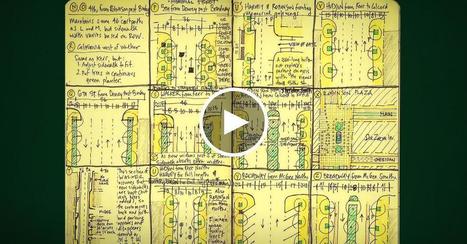



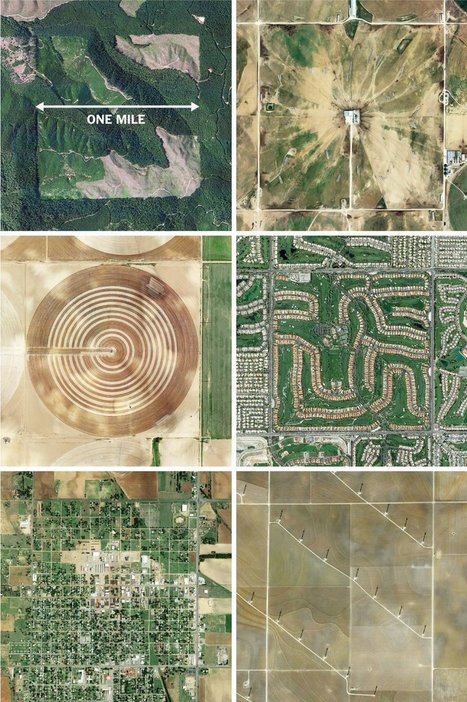


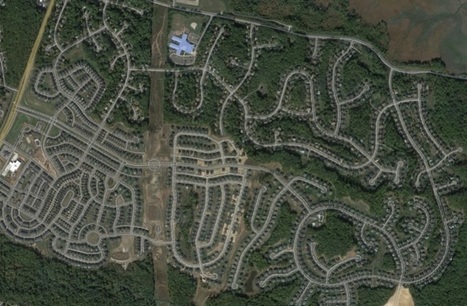



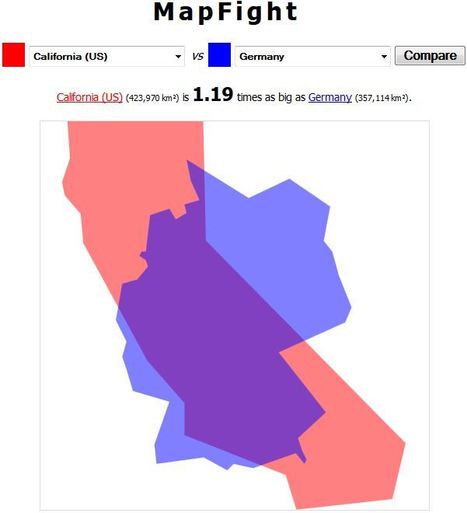
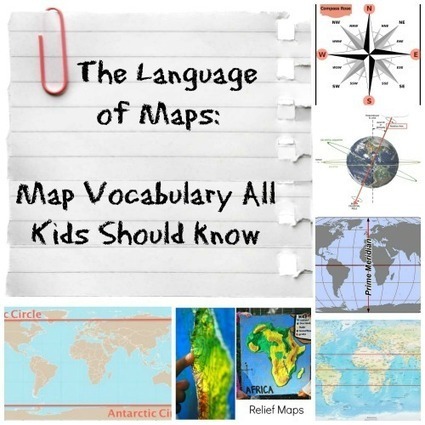





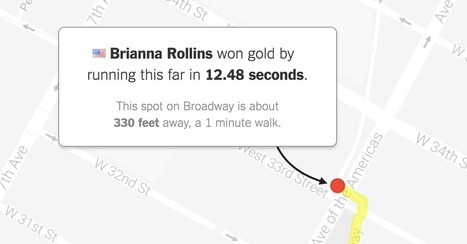



![The Speed Burden [Costs of Sprawl] | Human Interest | Scoop.it](https://img.scoop.it/FylN4HpUjR3Po2vIJ-TKTjl72eJkfbmt4t8yenImKBVvK0kTmF0xjctABnaLJIm9)





